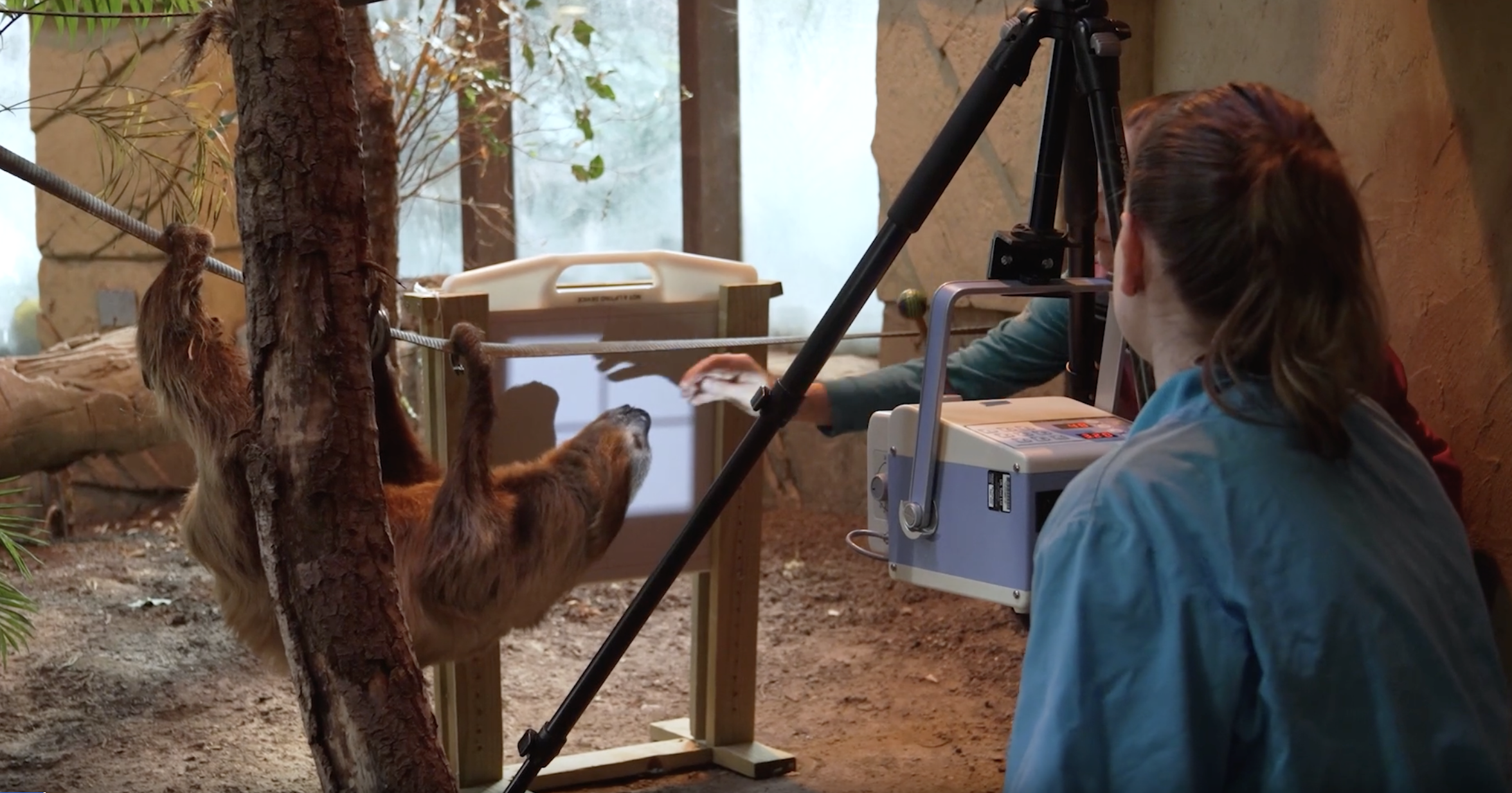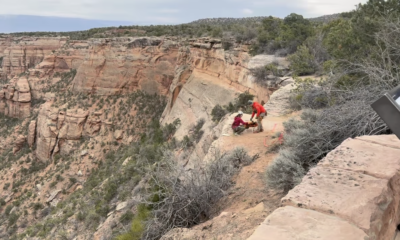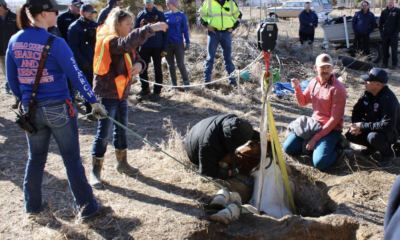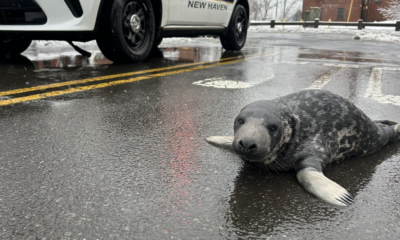The Chester Zoo in England has confirmed that a groundbreaking dental procedure performed on Rico, a 25-year-old two-toed sloth, has successfully cured his toothache.
A fresh set of X-rays shows the animal is now free of infection, following what experts believe may be the first-ever endodontic treatment carried out on a sloth.
The rare surgery was prompted after keepers noticed unusual swelling on Ricos face. Further investigation, including a CT scan, revealed two root abscesses. While such conditions are not uncommon in wild sloths, Ricos access to on-site veterinary care allowed for an innovative surgical intervention, conducted by zoo vets in collaboration with dental experts from Newcastle University.
The three-hour operation involved a specialist procedure called an apicectomy, which required entering through the side of Ricos jaw rather than a traditional root canal approach.
“A three-dimensional scan showed that routine root canal treatment would not be possible,” said Dave Edwards, Clinical Fellow at Newcastle Universitys School of Dental Sciences. “We undertook surgery to debride the abscess and complete an apicectomy. This involved removing the end of the tooth root and sealing it with a special cement.”
Edwards said both abscesses cleared up within a week of the surgery. Veterinary Resident Charlotte Bentley added that while one tooth could not be saved, the other remained intact and functional.
“The great news is that since his procedure, the abscesses have not come back, and his latest X-ray shows his filling is still in place,” she said.
“Sloths have very different teeth to humans, which makes dentistry challenging. The large sharp teeth that were affected in Rico were caniniform teeth which are highly specialized molars,” Bentley said. “Like so many things with sloths, the exact purpose of these specialized sharp teeth is not fully understood. However, they are thought to serve an important role in biting and shearing their food, so we were eager to try to avoid any extractions during the initial operation.”
Much of Ricos follow-up care has been made easier by his responsiveness to gentle training. Keeper Brittany Williams has spent years acclimating Rico to health checks without the need for sedation. Through target-based recall training, Rico can be persuaded to move between branches, step on scales, and even hold still for X-rays — all in exchange for his favorite snacks, including cooked parsnips and corn kernels.
“Rico is very food motivated,” said Williams. “Hes still learning to keep his mouth open for a little longer for dental checks, but hes getting there.”
Dentist Fiona Beddis, also from Newcastle University, described treating Rico as a “once-in-a-lifetime opportunity,” sharing that her own experience undergoing the same dental procedure as a teenager inspired her to pursue dentistry.
Two-toed sloths like Rico are native to South America and face threats from habitat loss and the illegal wildlife trade. He is part of a conservation breeding program housed within Chester Zoos jaguar habitat, where he lives with a female sloth named Tina.
Thanks to veterinary innovation and a patient, persistent approach to care, Ricos recovery marks a unique success in animal dentistry — and highlights how collaboration between zoos and universities can break new ground in wildlife medicine.

 Celebrity News4 days ago
Celebrity News4 days ago
 Celebrity News3 days ago
Celebrity News3 days ago
 Celebrity News4 days ago
Celebrity News4 days ago
 Celebrity News3 days ago
Celebrity News3 days ago
 News3 days ago
News3 days ago
 Celebrity News3 days ago
Celebrity News3 days ago
 Celebrity News3 days ago
Celebrity News3 days ago
 Celebrity News2 days ago
Celebrity News2 days ago
 Celebrity News2 days ago
Celebrity News2 days ago












